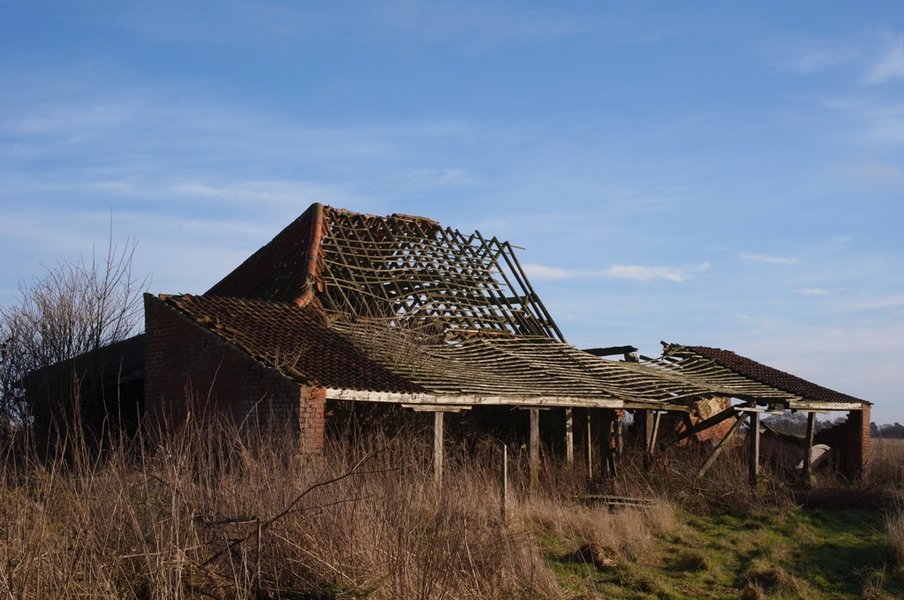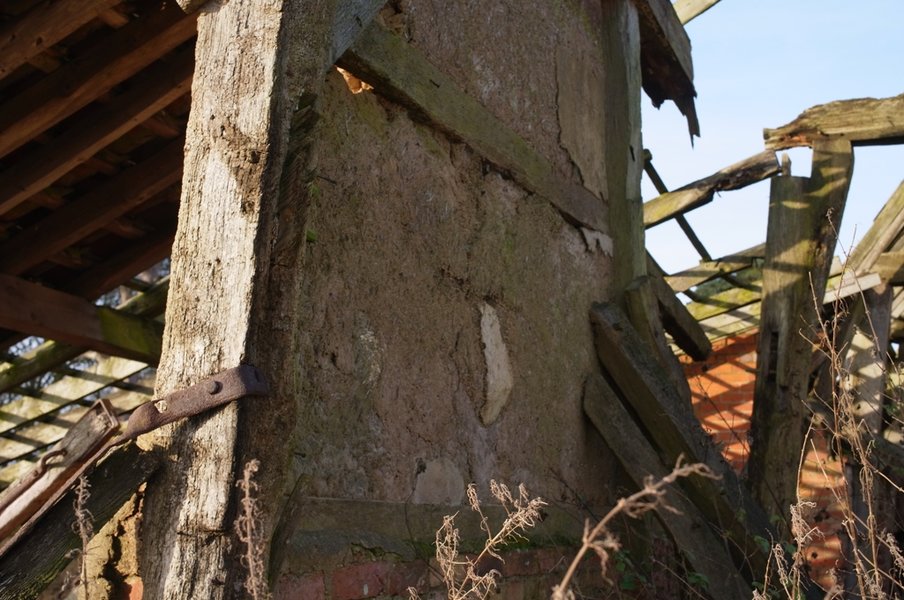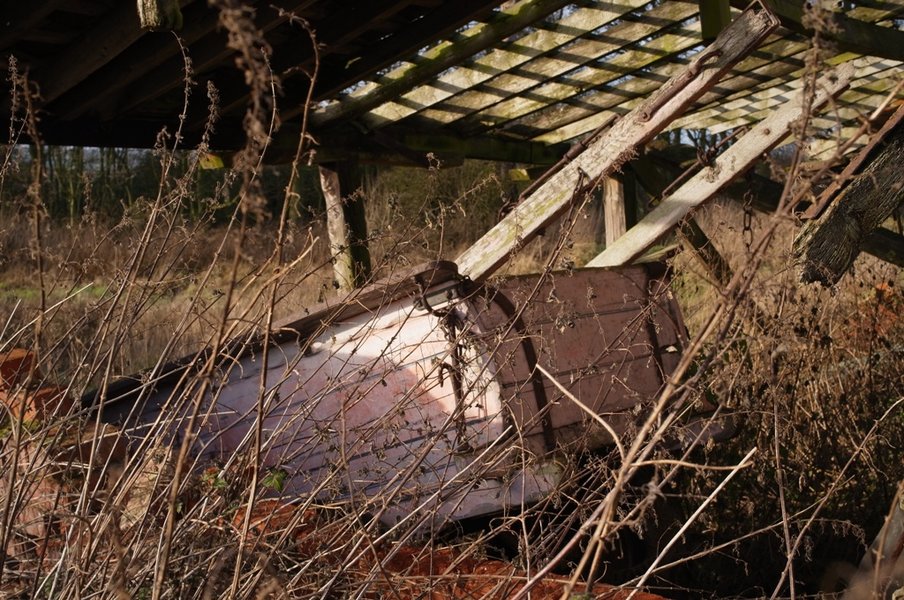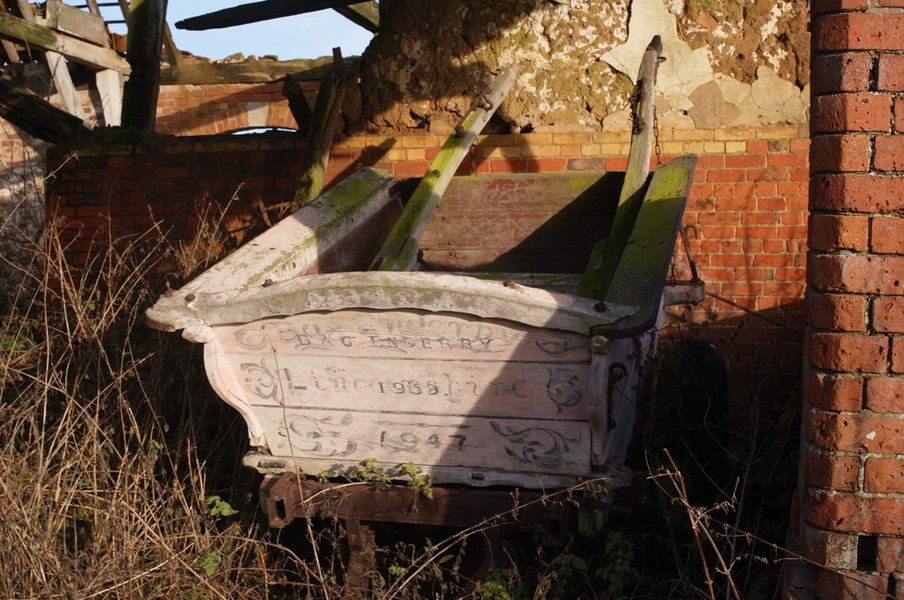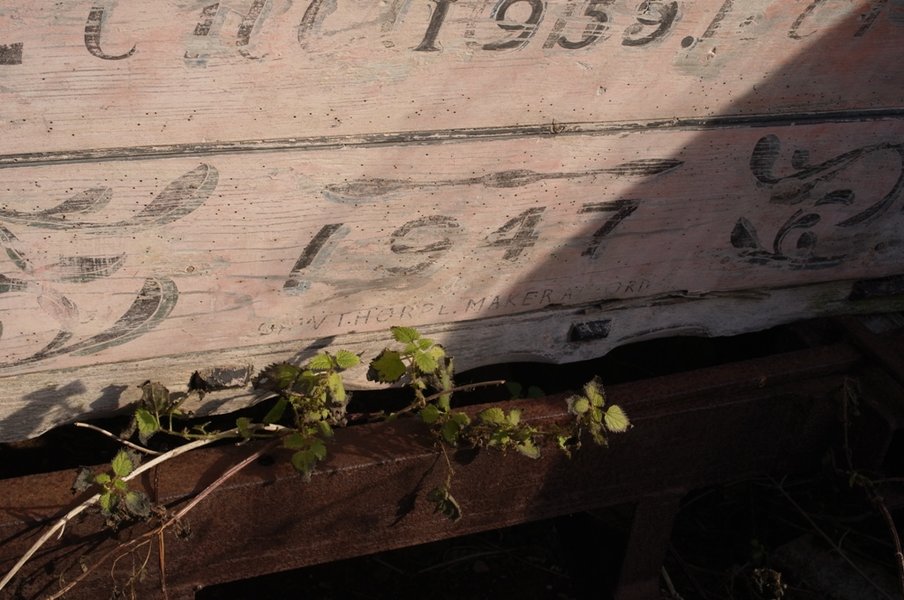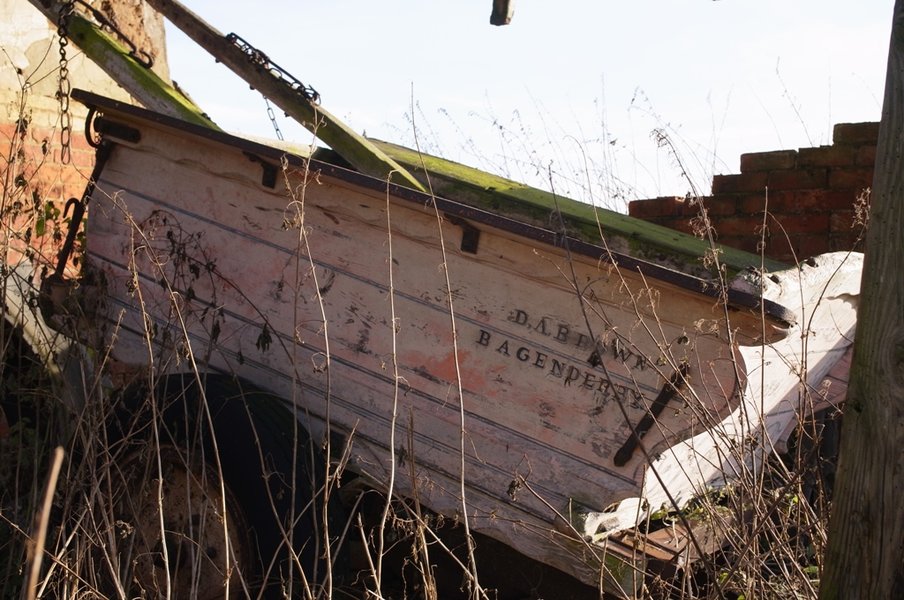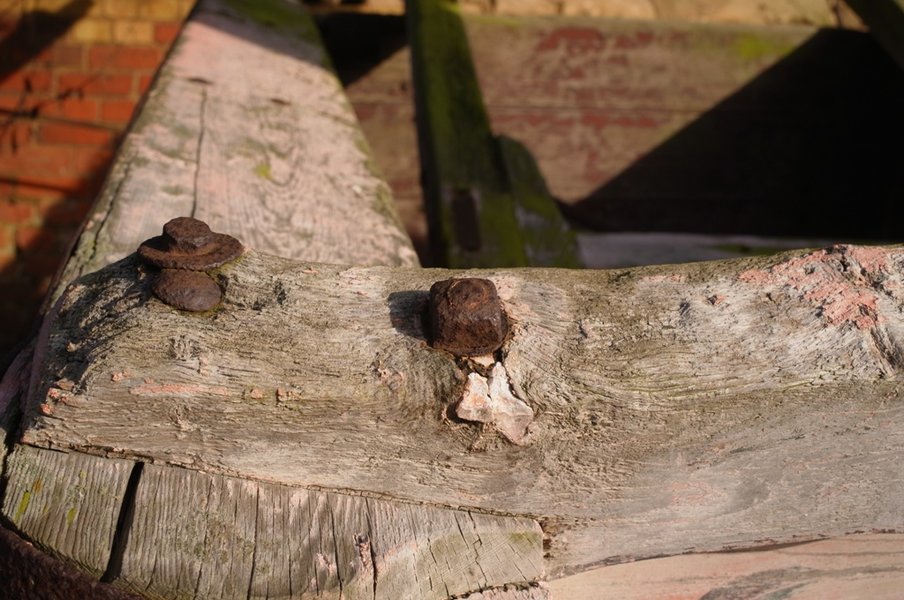Blow-in
Active Member
This is a grade 2 listed barn with parts dating from the 18th century in Lincolnshire, England.
Part of the barn is mud & stud constructed which is found only in Lincolnshire and parts of New England (USA) where Lincolnshire craftsmen worked (Captain John Smith was a local lad).
In side the barn was this old wooden cart body which had been transferred to a 'modern' chassis & running gear to allow it to be pulled by a tractor although the horse shafts were still with the cart (no sign of the original wheels).
The cart had clearly been repainted several times with the dates 1947 and 1959 still visible although the cart is much older than that.
The tennant farmer is still Farmer Brown although not the same one as painted here:
Here is a detail shot - I hope you find this interesting.
Richard
Part of the barn is mud & stud constructed which is found only in Lincolnshire and parts of New England (USA) where Lincolnshire craftsmen worked (Captain John Smith was a local lad).
In side the barn was this old wooden cart body which had been transferred to a 'modern' chassis & running gear to allow it to be pulled by a tractor although the horse shafts were still with the cart (no sign of the original wheels).
The cart had clearly been repainted several times with the dates 1947 and 1959 still visible although the cart is much older than that.
The tennant farmer is still Farmer Brown although not the same one as painted here:
Here is a detail shot - I hope you find this interesting.
Richard
